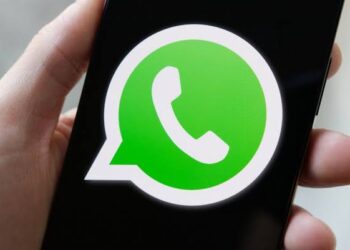
By Smith Noah
Elon Musk’s Starlink has achieved another groundbreaking milestone. After transforming internet accessibility worldwide, the SpaceX division is set to revolutionize smartphone communication. Starlink’s satellite network will soon allow users to make calls from virtually anywhere on Earth, using standard smartphones without any hardware modifications.
Introducing Starlink’s Direct-to-Cell Service
Starlink’s innovative Direct-to-Cell feature leverages its extensive satellite system to enable voice calls on LTE-compatible smartphones. This means that anyone with a standard device can connect, regardless of their location—whether deep in a jungle, on a remote ocean voyage, or trekking across vast deserts.
This technology eliminates the reliance on traditional cell towers, making seamless global communication a reality.
Device Compatibility: Who Can Use It?
According to SpaceX’s correspondence with the FCC, the technology has already been tested successfully on leading smartphone brands, including Apple, Samsung, and Google devices. These tests confirmed reliable communication using the PCS G Block spectrum in a variety of conditions—urban and rural areas, indoors and outdoors, and even under tree cover.
SpaceX emphasizes that any LTE-enabled smartphone can access this service, including slightly older models like the iPhone 13 and iPhone 14. This ensures accessibility without forcing users to upgrade their devices.
A Game-Changer for Messaging and Emergencies
Starlink’s service isn’t just about voice calls. It offers unmatched flexibility for messaging, allowing users to send fully customizable texts via their preferred platforms. This could prove invaluable in emergencies, providing a lifeline with precise and clear communication in critical moments.
From staying in touch with loved ones to calling for help during an expedition, the ability to connect from even the most remote locations could redefine mobile communication standards.
What’s Next for Starlink?
Starlink plans to introduce this satellite phone service as part of a commercial package. While pricing details remain undisclosed, the service is expected to significantly impact not only adventurers and emergency responders but also residents of rural or underserved areas where mobile networks are unreliable.
Future expansions include support for Internet of Things (IoT) devices, improved voice services, and even satellite-enabled web browsing, highlighting Starlink’s commitment to broadening its reach and functionality.
Bridging Global Communication Gaps
Despite advancements in mobile networks, vast parts of the world still suffer from unreliable or nonexistent coverage. Starlink’s Direct-to-Cell service could bridge this gap, offering connectivity in areas where traditional networks falter.
By enabling calls and messages from virtually anywhere, Elon Musk’s Starlink continues to push the limits of communication technology, paving the way for a more connected world. Whether for business, emergencies, or personal use, this innovation sets a new standard for mobile connectivity.











